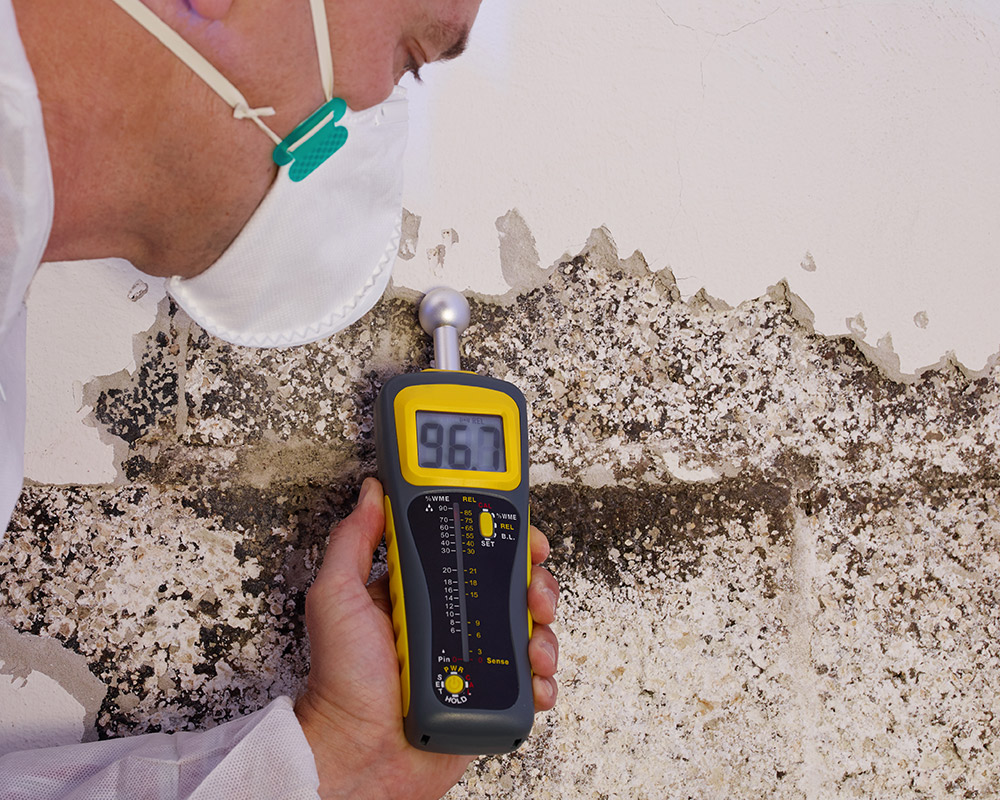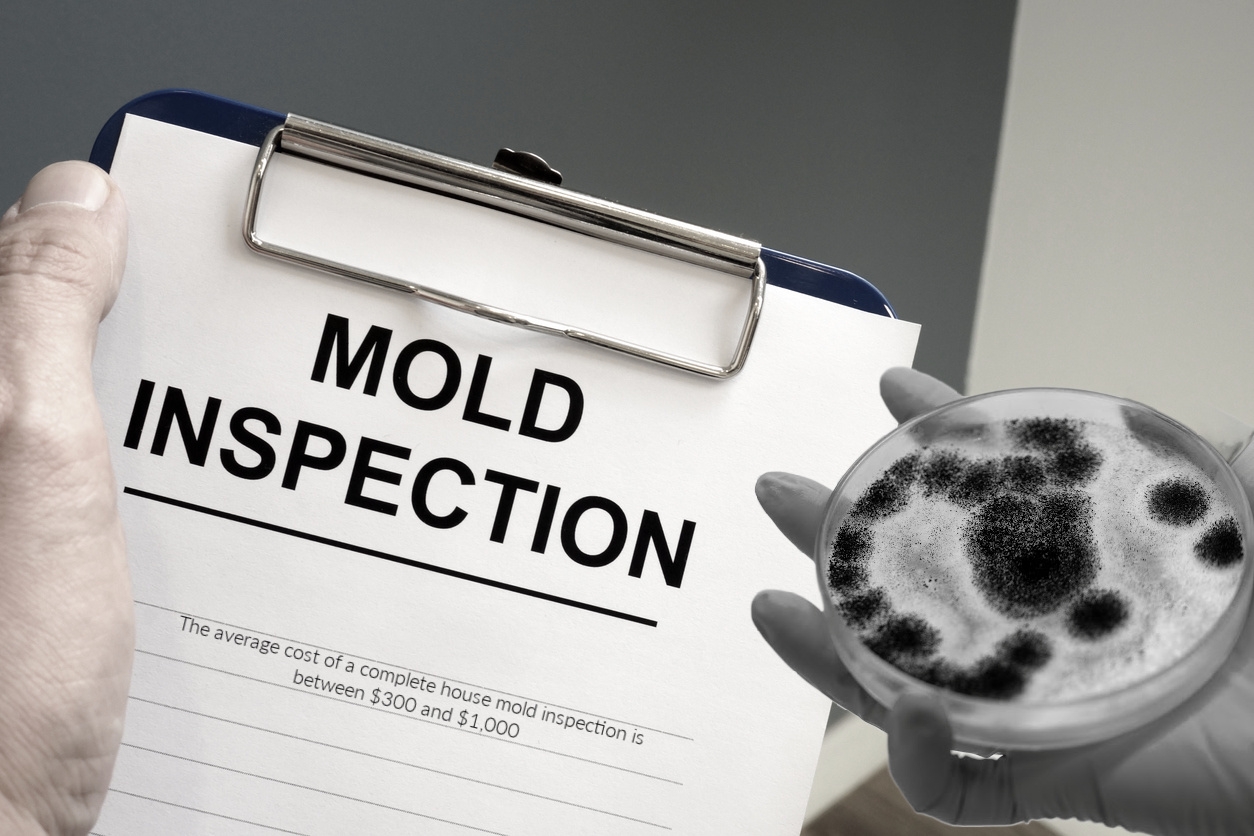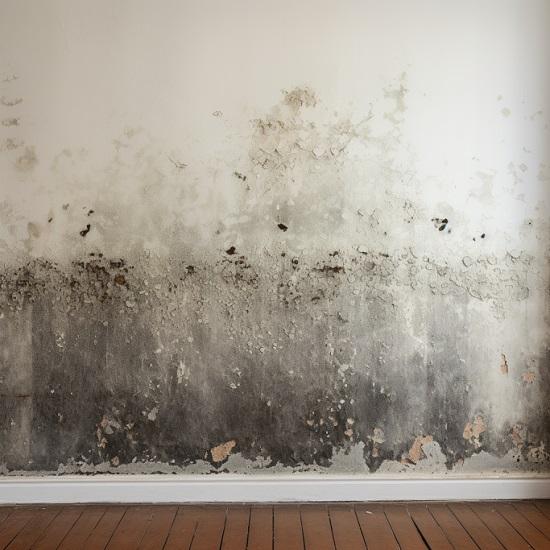Testing Air Quality After Mold Remediation
Testing Air Quality After Mold Remediation
Blog Article
Your Ultimate Guide to Article Mold Removal Techniques
Navigating the world of post-mold removal strategies is a thorough procedure that demands interest to detail and a comprehensive understanding of the intricacies included. In the consequences of mold and mildew invasion, understanding exactly how to properly get rid of the mold and stop its reoccurrence is critical for keeping a healthy interior environment. From selecting the best cleansing and sanitizing methods to implementing methods for long-term mold and mildew avoidance, each step in the removal journey plays a crucial function in making sure a successful result. As we get started on this exploration of post-mold removal strategies, we will uncover the crucial approaches and finest practices that can assist you restore your space to its pre-mold condition and protect it versus future mold hazards.
Comprehending Post-Mold Removal Process
After completing the mold remediation process, it is critical to understand the post-mold remediation methods that are needed to guarantee a thorough and efficient cleaning. As soon as the mold has actually been eliminated, the following action involves cleansing and disinfecting the affected locations to prevent any kind of regrowth of mold.
In addition, conducting a final assessment post-remediation is vital to guarantee that all mold has been effectively eradicated. This examination ought to entail a detailed aesthetic check in addition to potentially air sampling to validate the absence of mold and mildew spores in the air. Extra remediation may be necessary if the evaluation reveals any kind of lingering mold. Lastly, enlightening occupants on safety nets such as controlling moisture levels and without delay dealing with any kind of water leaks can help maintain a mold-free atmosphere.
Efficient Cleaning Up and Sanitizing Techniques

Protecting Against Future Mold And Mildew Development

Importance of Correct Ventilation
Correct ventilation plays a critical function in stopping dampness build-up, a vital consider mold growth within interior settings. Efficient air flow systems help remove excess moisture from the air, reducing the reference chances of mold spores locating the dampness they require to sprout and spread out. Without appropriate air flow, indoor areas can come to be a breeding place for mold, leading to prospective health risks and architectural damage.
By making certain proper air flow, air flow systems can also assist in drying wet areas a lot more promptly after water damage or flooding events, additionally deterring mold growth. Post Mold Remediation. Precede like restrooms, cellars, attics, and kitchen areas where moisture levels often tend to be greater, mounting and maintaining efficient air flow systems is critical in preventing mold invasions

Monitoring and Maintenance Tips
Offered the vital role that correct air flow plays in protecting against mold and mildew growth, it is vital to develop effective monitoring and maintenance ideas to ensure the continued functionality of air flow systems. Normal evaluations of ventilation systems ought to be carried out to inspect for any signs of clogs, leaks, or malfunctions that could hamper correct airflow. Tracking moisture degrees within the building is additionally essential, as high humidity can add to mold and mildew development. Installing a hygrometer can help track humidity levels and alert homeowners to any kind of spikes that might require interest. Furthermore, ensuring that air filters are regularly cleansed or changed is important for maintaining the performance of the air flow system. Implementing a schedule for routine maintenance tasks, such as duct cleansing and heating and cooling system evaluations, can aid avoid problems prior to they intensify. By staying positive and attentive to the problem of ventilation systems, property proprietors can efficiently mitigate the threat of mold and mildew regrowth and preserve a healthy interior environment.
Final Thought
Finally, post-mold remediation strategies are vital for guaranteeing a safe and clean setting. Understanding the procedure, applying effective cleansing and disinfecting techniques, protecting against future mold growth, maintaining proper air flow, and normal monitoring are all essential action in the removal process. By complying with these standards, you can efficiently remove mold and stop its return, promoting a healthy living or working space for all owners.
In the results of mold and mildew infestation, understanding just how to effectively eliminate the mold and prevent its reoccurrence is extremely important for maintaining a healthy and balanced indoor environment. As soon as the our website mold has actually been eliminated, the following step includes cleansing and disinfecting the impacted areas to stop any type of regrowth of mold and mildew - Post remediation mold testing near me. After removing visible mold and mildew growth, it is important to cleanse all surface areas in the affected area to eliminate any type of remaining mold and mildew spores. To further improve mold prevention steps, it is necessary to deal with underlying problems that at first led to mold and mildew growth.Given the vital role that appropriate air flow plays in stopping mold development, it is crucial to develop efficient monitoring and maintenance ideas to guarantee the ongoing capability of ventilation systems
Report this page